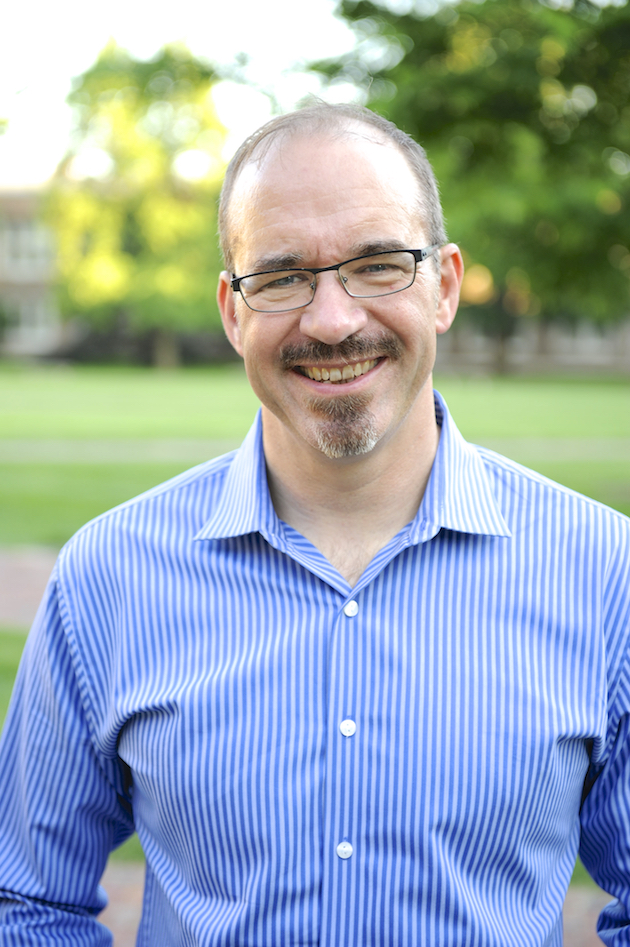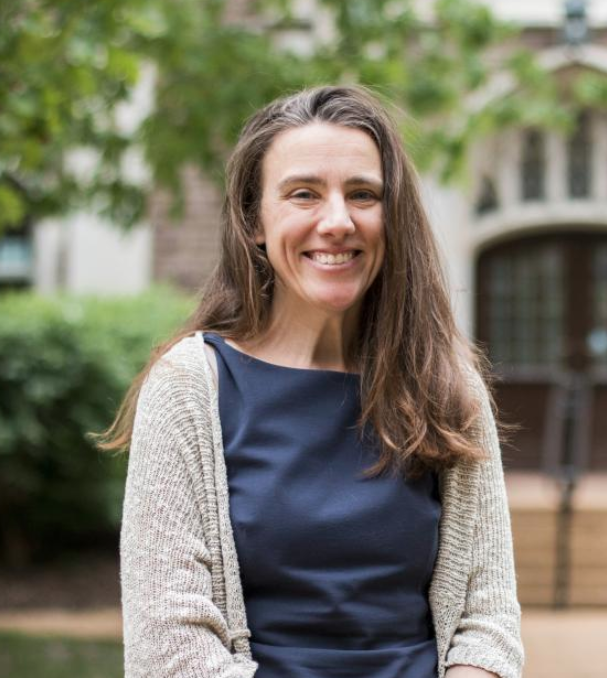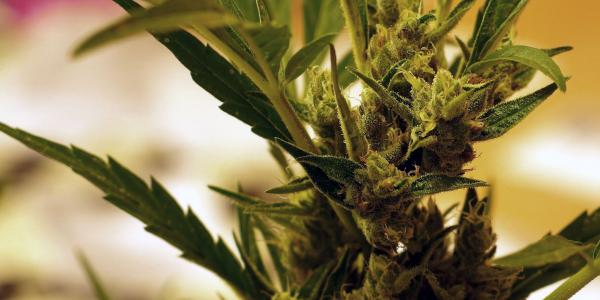In light of Missouri’s new medical marijuana law, WashU researchers detail what we know – and don’t know – about the benefits and risks of cannabis and how federal regulations impact that research.
Last November, Missouri voters said yes to medical cannabis. The new law means that patients will be able to apply for medical cards as early as July 2019, and certain patients will be able to purchase medical cannabis starting in 2020. But is cannabis safe? Does it work to treat medical conditions? And what are the medical ethics of prescribing cannabis?
Medical drugs usually require many years of clinical testing before they are made available to patients. Cannabis may become the exception to this rule, as state medical legalization surges ahead, despite federal prohibition and limited clinical research. This disconnect between law and research means neither patients nor doctors can access the kind of quality, unbiased information available for other medicines.

The law
On November 6, 2018, two-thirds of Missouri voters supported the Medical Marijuana and Veteran Healthcare Services Initiative, which will allow patients to grow cannabis at home and will apply a 4 percent tax on cannabis sales to pay for services for military veterans. Commercial cultivators, manufacturers, dispensaries, and quality control testing laboratories will be scrutinized in the competition for 332 business licenses.
Under the new law, cannabis will not be prescribed by doctors or dispensed by pharmacists. Instead, doctors will certify that patients have a condition that may be treated with cannabis, and patients will then purchase cannabis from an independent medical dispensary.
Richard Grucza, associate professor of psychiatry at the WashU School of Medicine, who studies the epidemiology of addiction, explained that, compared to other states, Missouri’s medical model is more conservative and regulated since its rules are informed by medical programs in other states, are being phased in over more than a year, and require that physicians certify a relatively narrow list of medical conditions.
Federal limits on cannabis research
“With federal prohibition, you can’t really do much research,” said Mitch Myers at a MoCannTrade Cannabusiness presentation in January. She is the CEO of BeLeaf, one of the two existing licensed medical CBD companies in Missouri. The Drug Enforcement Administration lists cannabis on Schedule I, along with heroin, LSD, and ecstasy. Schedule I status means a chemical has no currently accepted medical use and a high potential for abuse.
But officials associated with government agencies routinely contradict this status. Over 30 years ago Francis Young, the former DEA chief judge, stated that “by any measure of rational analysis marijuana can be safely used within the supervised routine of medical care.” The current FDA Commissioner, Scott Gottlieb, explained that “clinical trials testing the safety and efficacy of a drug [are] the most appropriate way to bring marijuana-derived treatments to patients,” so that prescribers can be confident in the drug’s uniform strength and appropriate dosing for patients with complex diseases.
Schedule I status is a massive impediment to research. Grucza’s colleagues in psychiatry do not want to work with something without evidence. Grucza calls it “disingenuous” to say cannabis should be illegal because “we haven’t done the research yet,” noting that descheduling would enable broad research in the U.S. Currently, most cannabis research is being done in Israel and Canada.
Cannabis researchers in the U.S. must get approval from both the FDA and the DEA and can only use cannabis from the University of Mississippi, which does not reflect cannabis products on state markets. Adie Wilson-Poe, a research instructor at the WashU School of Medicine, is one of the few with a National Institute on Drug Abuse (NIDA) grant that allows her to work with cannabinoid molecules.

“Part of the reason we don’t have enough evidence is that the federal government considers it a non-medical drug, and so the federal government, which funds most biomedical research, won’t give anyone grant funds to study the medical benefits – though that is subtly shifting,” said Wilson-Poe. “For example, the NIH is interested in the analgesic properties of minor cannabinoids and terpenes, and NIDA is definitely interested in whether people reduce their opioid use if they have access to cannabis.” Wilson-Poe’s work has been funded by NIDA for most of her career, and she currently holds a prestigious NIH transition-to-independence award to study the ability of cannabinoids to reduce the negative side effects of opioids and help reduce the opioid epidemic.
Medical benefits
Despite federal regulations on cannabis research, scientists studying the issue have found substantial evidence that cannabis is effective for certain medical conditions, as summarized in a recent report from the National Academies of Science, Engineering, and Medicine. Cannabis is safe and effective for the relief of chronic pain in adults, MS-related symptoms, and epileptic seizures. There is even an FDA-approved cannabis-derived drug, Epidolex, prescribed to treat a certain kind of seizures in pediatric patients.
In addition, according to a meta-analysis from 2015, existing preclinical evidence strongly supports CBD, a non-psychoactive component of cannabis that has seen wider legal approval, as a treatment for anxiety disorders. Residents in Missouri and most states in the U.S. (except Nebraska, Idaho, and South Dakota) can already purchase CBD oil.
Because of its anti-inflammatory, pain relief, and mild sedative effects, cannabis may help patients use fewer opioids, studies show. According to a 2016 study by Simon Haroutounian, chief of clinical research at the Washington University Pain Center, chronic pain patients with access to cannabis reduce their opioid consumption by half, on average. Wilson-Poe’s research into cannabis started in Vancouver, with the observation that cannabis was very frequently used by illicit opioid users. Could cannabis help addicts quit opioids? Could it prevent addiction in the first place? “Cannabis may not be the answer, but it is an obvious and safe answer for some people,” Wilson-Poe said. She aims to bridge the gap between preclinical cannabinoid research and clinical cannabis medicine.
Cannabis safety
While inhaling any kind of smoke is unhealthy, researchers agree that cannabis is generally safe. Wilson-Poe takes a strong stance: “I think that cannabis is the most innocuous intoxicating substance on Earth,” she said. “A lethal dose of the cannabis plant is impossible. So it’s already a lot safer than a lot of the other pharmaceutical drugs we use for things like pain and anxiety relief.”
More research into cannabis will allow physicians and patients to make better informed choices. There is a need to communicate risks well to all potential patients “without being paternalistic,” said Anya Plutynski.
Cannabis is not safe for everyone, researchers caution. First, chronic cannabis use in adolescents causes long-term effects, lasting into adulthood. Second, Wilson-Poe explains that “high doses of THC seem to trigger psychotic events in people who are already vulnerable or have a family history.” Third, cannabinoids can interfere with liver metabolism of other medications, leading to unpredictable interactions, explains Stephanie Cernicek, the senior chemist at BeLeaf. Another concern is that CBD products sold at smoke shops do not undergo the same stringent testing required for medical products. Finally, “the safety and long-term effects of cannabis extracts with high THC potency are entirely unknown; high doses of THC are associated with some very negative effects such as acute psychosis and Cannabis Use Disorder,” explains Wilson-Poe.
“It’s not that cannabis is completely harmless, in that it doesn’t have any risks. It certainly does for certain people and certain kinds of patients. But it is safer than a lot of other things,” said Wilson-Poe.
The future of medical cannabis

Legal medical cannabis is already replacing the black market variety in several countries and 33 U.S. states. Ten of those have also legalized adult recreational use. In these states, data show that customers prefer legal dispensaries over the black market because of a wider selection, regular availability, and, most important, the knowledge that the product is tested and regulated, explained John Curtis, the co-chair of the Missouri Medical Cannabis Trade Association, at a presentation in January. Legalization may also help keep cannabis out of the hands of adolescents, adds Grucza.
Federal legalization and additional research may help physicians tailor treatment to individual patients. There is much variability in individuals’ responses to THC, the main psychoactive compound in cannabis. “Due to variation in people’s endocannabinoid systems, one person may have a full-blown panic attack from 1 mg, others may feel no effect from 10 mg,” said Wilson-Poe. The future of cannabis may well be in personalized medicine: in breeding specific varieties which work well for specific conditions for specific people.
In biomedical ethics, the first core concept is respect for a patient’s autonomy. More research into cannabis will allow physicians and patients to make better informed choices. For this reason, there is a need to communicate risks well to all potential patients “without being paternalistic,” said Anya Plutynski, associate professor of philosophy in Arts & Sciences, who teaches a course on biomedical ethics. “Even highly educated people struggle with statistical information.”
She is concerned that Missouri’s separation of cannabis dispensaries from doctors and pharmacists is putting the decision in the hands of patients and salesclerks, who may or may not be aware of the risks.
“For me it always comes back to the opioid research,” said Wilson-Poe. She describes how among individuals who use heroin or fentanyl or other illicit opioids, those who also use cannabis are four times less likely to end up in the emergency room with an overdose. “Something’s going on,” said Wilson-Poe. “Cannabis is intervening to keep people out of the ER and to keep them out of the grave.”
Plutynski would like to see more research in this area. “If cannabis can curb the opioid epidemic (and the data are not yet fully in), public health officials and physicians would need to make a difficult evaluation between approaches that benefit the population versus the individual.”
Another concern is that, while cannabis may work a little, it is not as specific as many targeted drugs already prescribed by doctors. Pharmaceuticals prescribed to combat nausea in chemotherapy patients are one such example. “The anti-emetics for that are pretty powerful,” said Plutynski. “I’m not sure cannabis can do that job.”
While research does back up claims that cannabis works for pain, seizures, and probably for anxiety, popular discourse sometimes claims cannabis is a cure-all. “People think it can be used for everything. Medicines don’t work for everything,” said Grucza. Regarding schizophrenia, cancer, Crohn’s disease, and everything else, Wilson-Poe states simply, “The jury is out.”




